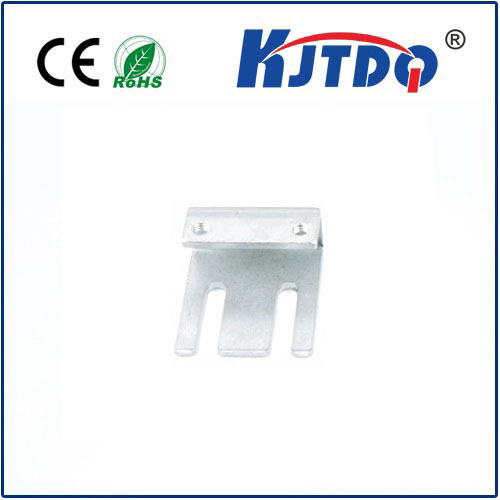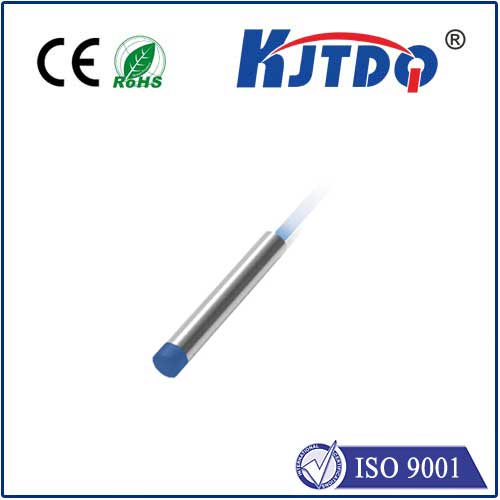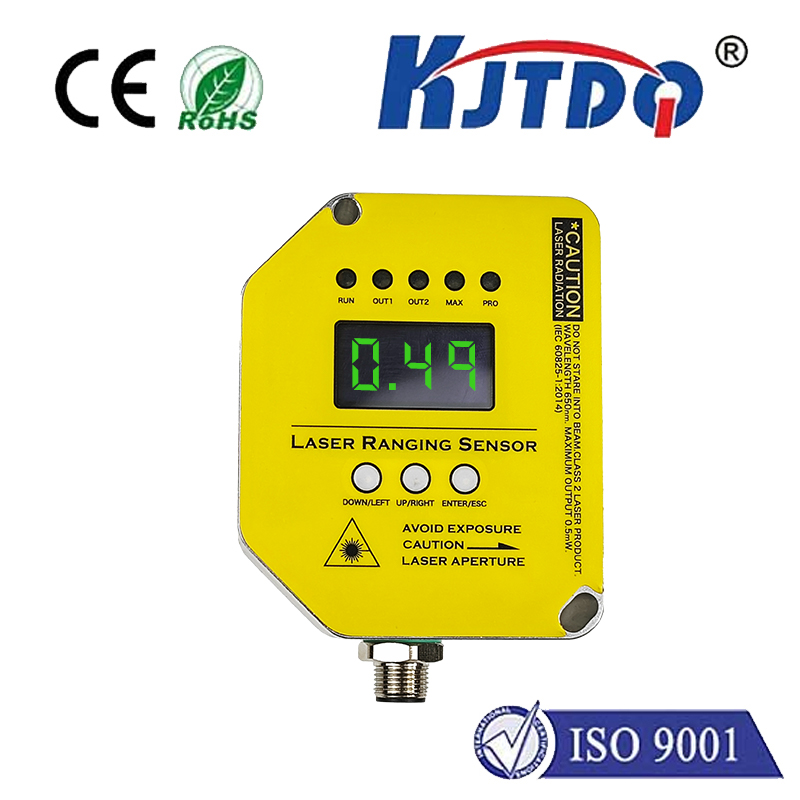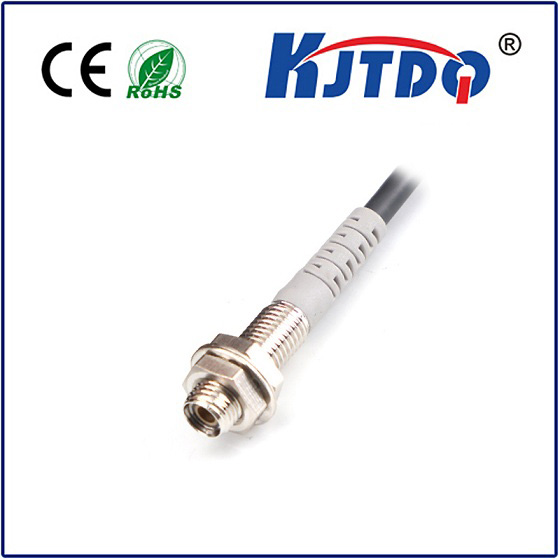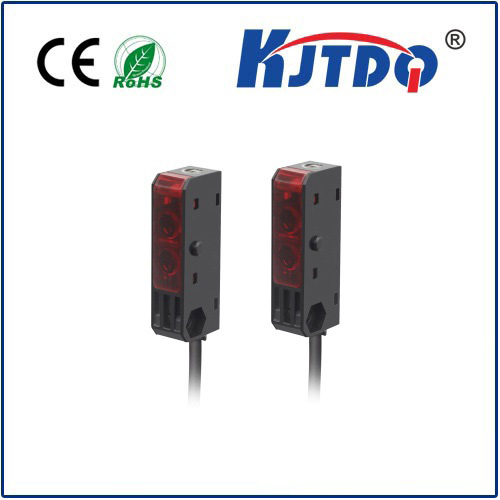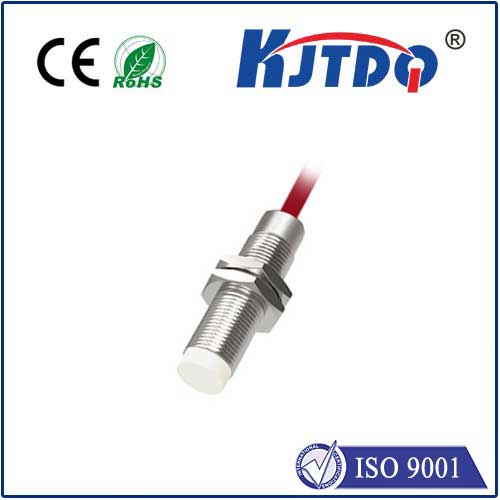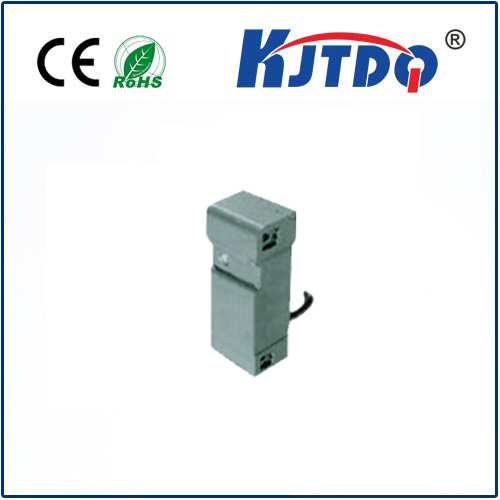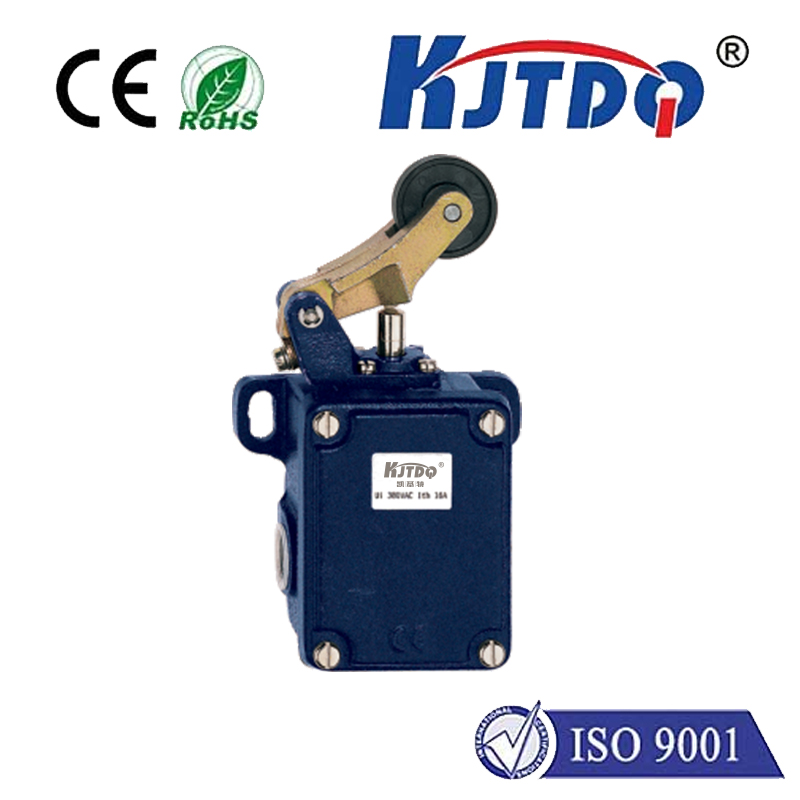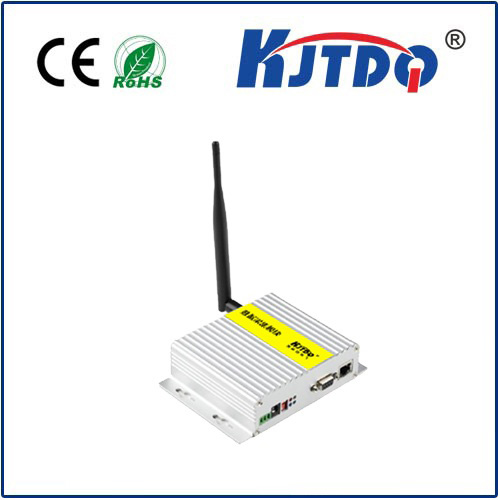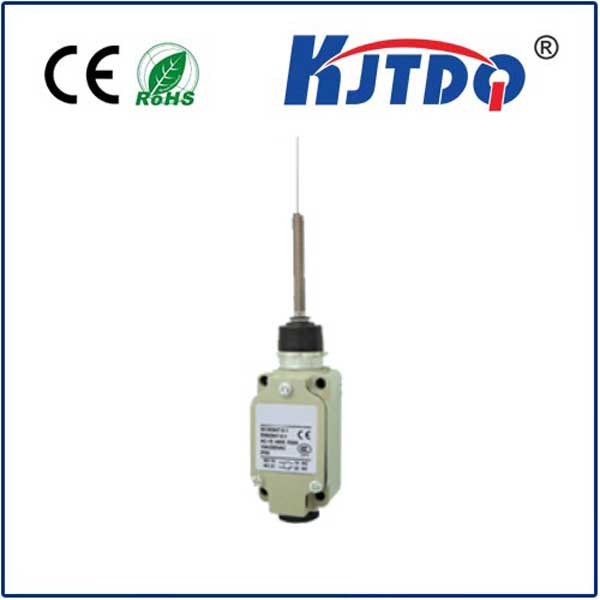
check

check

check

check
Title: E2E-X7D1-M1TGJ 0.3Minductive Proximity Sensor: A Comprehensive Guide
Introduction
In the realm of industrial automation, the E2E-X7D1-M1TGJ 0.3Minductive proximity sensor has emerged as a game-changer. This innovative device is designed to detect the presence of metal objects with unparalleled accuracy and efficiency. In this article, we will delve into the working principle, features, applications, and benefits of this state-of-the-art sensor.
Working Principle
The E2E-X7D1-M1TGJ 0.3Minductive proximity sensor operates on the principle of electromagnetic induction. It generates an alternating magnetic field using a coil of wire wrapped around a core. When a metal object comes within the sensor's detection range, the magnetic field induces eddy currents in the object. These currents create their own magnetic field that opposes the original one, causing a change in the inductance of the coil. The sensor then converts this change into an electrical signal, which can be processed by a control system to trigger an action or alert.
Features
The E2E-X7D1-M1TGJ 0.3Minductive proximity sensor boasts several key features that make it stand out from its compes:
1. High sensitivity: The sensor can detect metal objects up to 0.3 meters away, making it ideal for applications that require long detection ranges.

2. Wide temperature range: The sensor can operate effectively in temperatures ranging from -25°C to +70°C, making it suitable for use in various industrial environments.
3. Robust construction: The sensor is built with high-quality materials and is designed to withstand harsh operating conditions, ensuring long-lasting performance.
4. Easy installation: The sensor comes with a variety of mounting options, allowing for easy integration into existing systems.
Applications
The E2E-X7D1-M1TGJ 0.3Minductive proximity sensor is versatile and can be used in numerous applications across different industries, including:
1. Automotive manufacturing: The sensor can be used to detect metal parts during the assembly process, ensuring precise placement and alignment.
2. Food processing: The sensor can be employed to monitor the presence of metal contaminants in food products, ensuring compliance with health and safety regulations.
3. Machinery monitoring: The sensor can be used to detect abnormal vibrations or movements in machinery, preventing potential failures and reducing downtime.
Benefits
The adoption of the E2E-X7D1-M1TGJ 0.3Minductive proximity sensor offers several benefits for businesses and industries:
1. Improved efficiency: The sensor's high sensitivity and wide detection range allow for faster and more accurate detection of metal objects, leading to increased productivity and reduced errors.
2. Enhanced safety: By reliably detecting metal contaminants or malfunctioning equipment, the sensor helps prevent accidents and injuries in the workplace.
3. Cost savings: The sensor's durability and robust construction reduce the need for frequent replacements or repairs, resulting in lower maintenance costs over time.
Conclusion
The E2E-X7D1-M1TGJ 0.3Minductive proximity sensor is a groundbreaking innovation that has transformed the world of industrial automation. With its exceptional features, wide range of applications, and numerous benefits, this sensor is poised to revolutionize the way businesses operate and improve their overall efficiency and safety. As technology continues to advance, we can expect even more exciting developments in the field of inductive proximity sensing, paving the way for a safer and more prosperous future.
